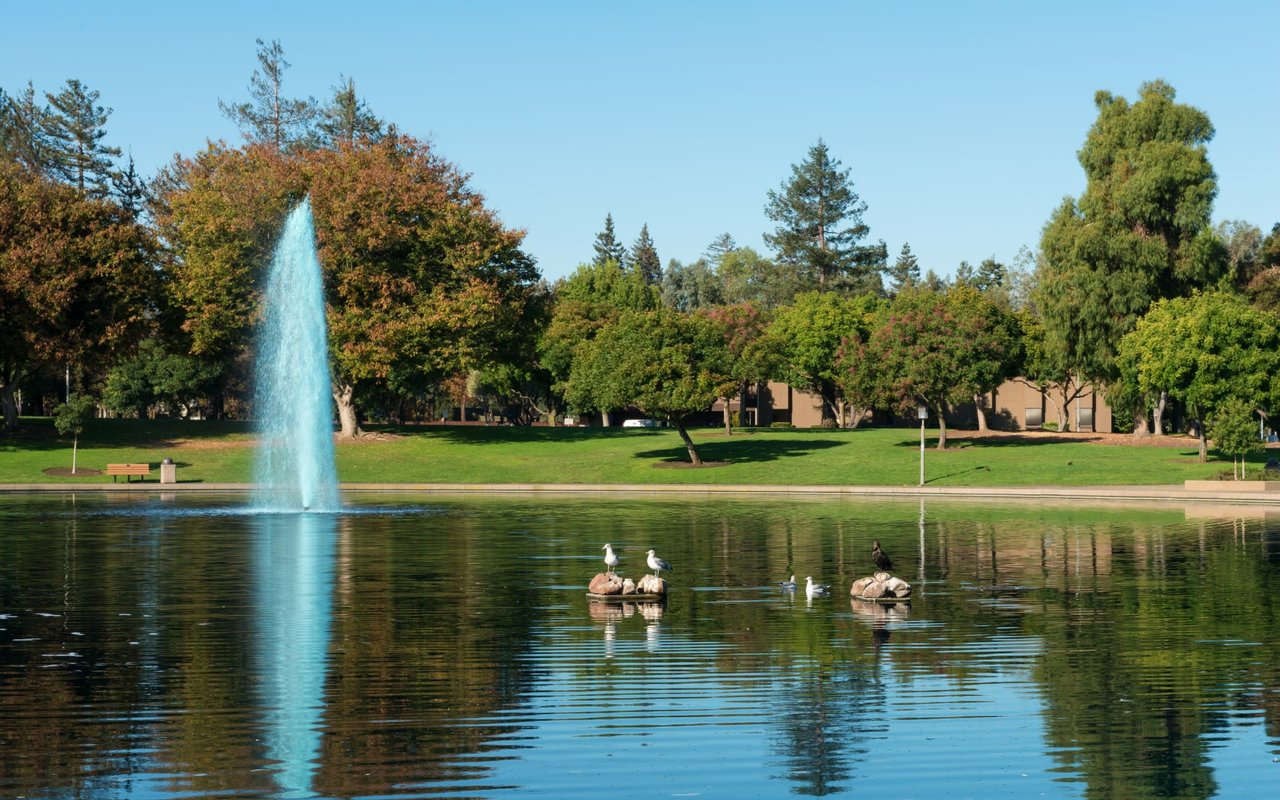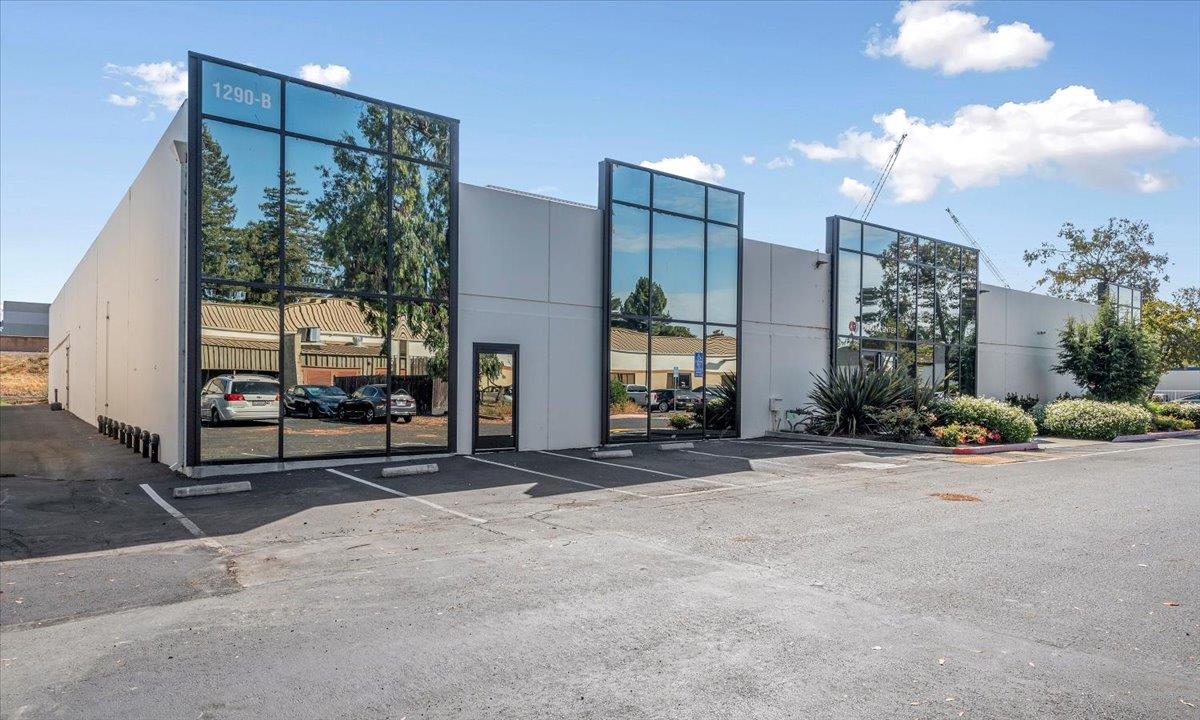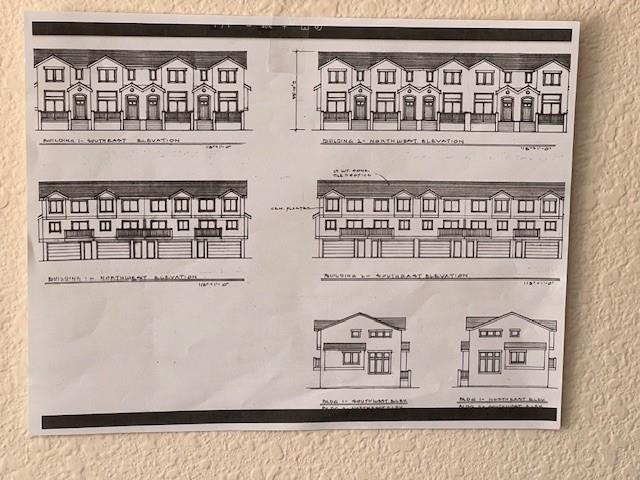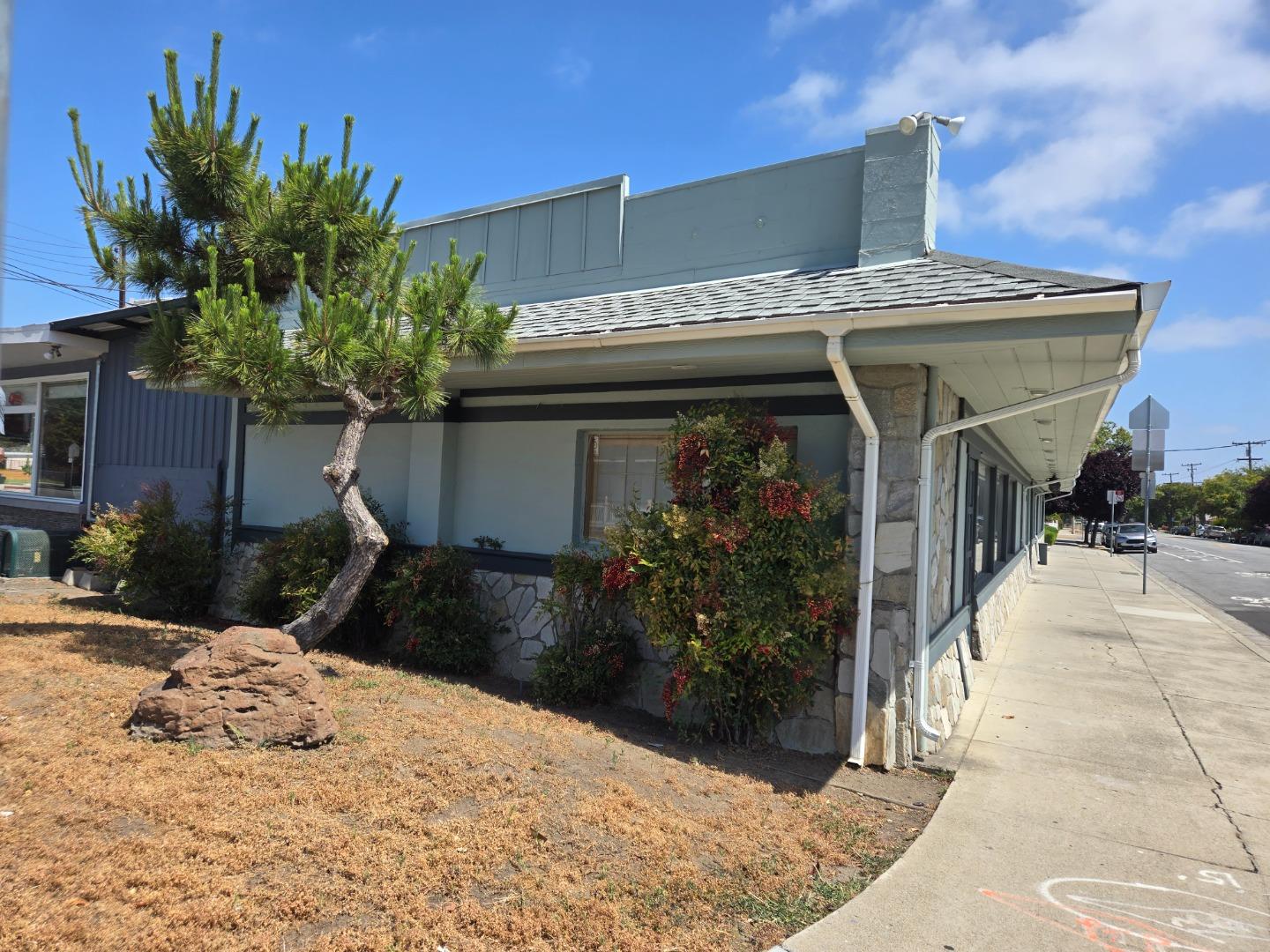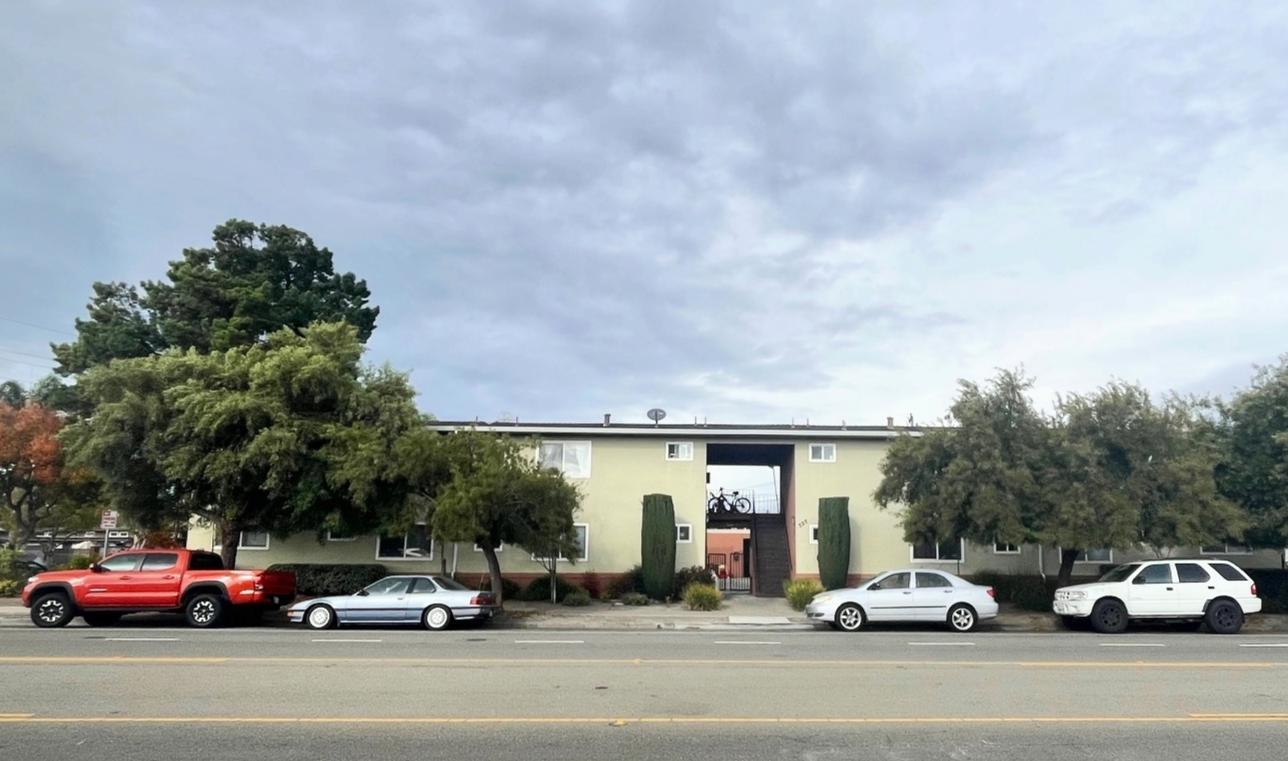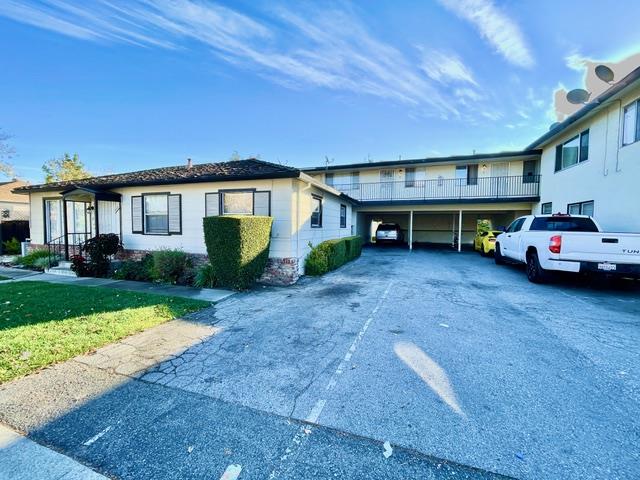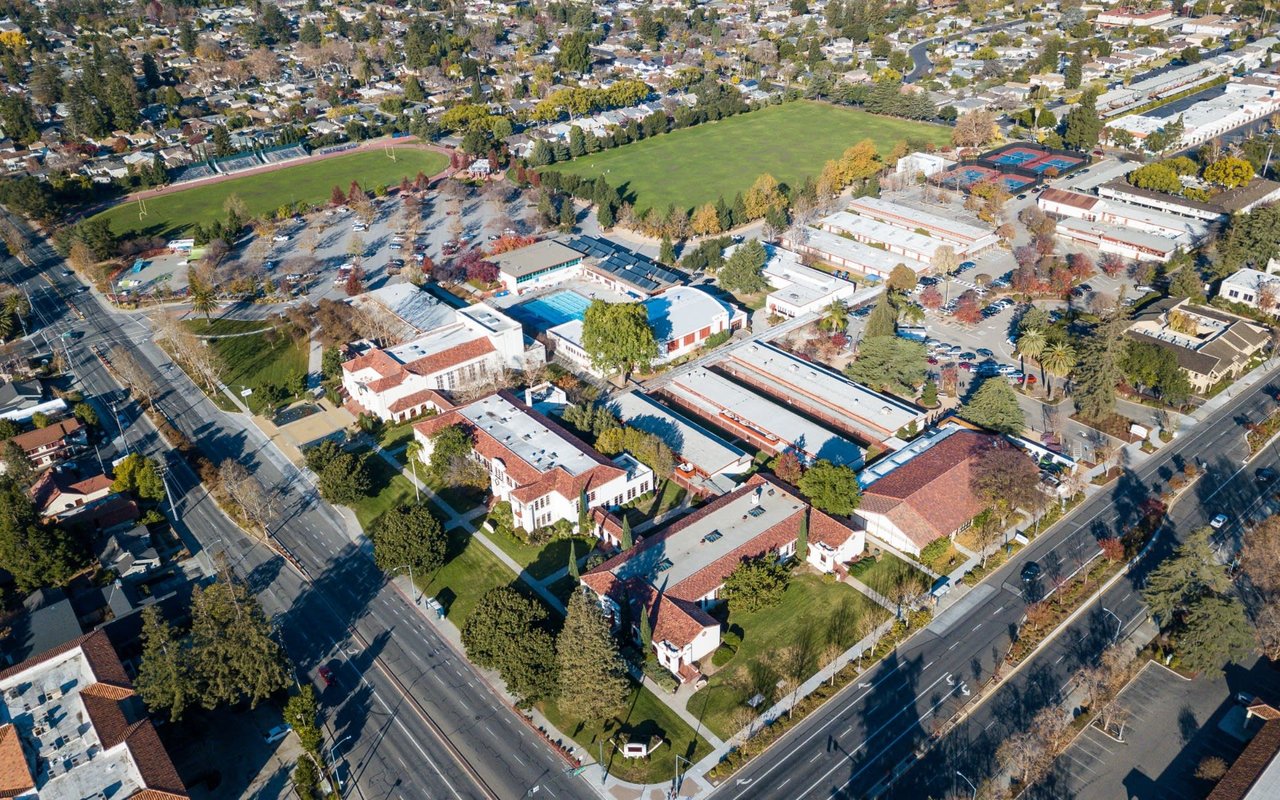Let's provide a more in-depth expert analysis with specific examples of the pros and cons of living in Sunnyvale from our clients' (home buyers and sellers) real estate perspective:
Pros of Living in Sunnyvale:
-
Tech Employment Opportunities:
-
Pro: Sunnyvale's prime location in the heart of Silicon Valley makes it a hub for tech employment. Companies like LinkedIn and Yahoo (now part of Verizon Media) have headquarters or significant operations in the city. This concentration of tech giants creates a dynamic job market and contributes to economic stability.
-
Example: LinkedIn's presence in Sunnyvale not only provides job opportunities for tech professionals but also influences the real estate market. Employees seeking proximity to work may drive demand for housing in the city, impacting property values positively.
-
Economic Stability and High-Income Demographics:
-
Pro: The city benefits from a robust and diverse economy, fostering economic stability. High-income demographics, driven by the tech industry, contribute to a strong local economy. This economic strength often translates into a resilient real estate market with potential for property appreciation.
-
Example: The presence of high-income earners in Sunnyvale can be observed in neighborhoods like The Vale, where upscale homes and well-maintained properties are reflective of the affluence associated with the city.
-
Diverse Housing Options:
-
Pro: Sunnyvale offers a range of housing options, from single-family homes in suburban neighborhoods to modern condominiums and townhomes. This diversity accommodates various lifestyle preferences and budget considerations.
-
Example: The Birdland neighborhood, known for its tree-lined streets and suburban feel, offers a mix of housing styles. This area attracts families seeking a residential setting while still enjoying proximity to tech employment centers.
-
Top-Rated Schools:
-
Pro: Sunnyvale is recognized for its high-quality schools, including Cherry Chase Elementary and Cupertino High School. Proximity to esteemed educational institutions is a strong selling point for families and contributes to property value appreciation.
-
Example: The demand for homes in the Cumberland Elementary School District, known for its excellent academic reputation, may drive real estate prices in the surrounding neighborhoods.
-
Community Parks and Recreation:
-
Pro: Sunnyvale emphasizes community well-being with a network of parks and recreational spaces. Sunnyvale Baylands Park, for instance, provides residents with outdoor amenities, enhancing the overall quality of life.
-
Example: Las Palmas Park, centrally located, offers a variety of recreational activities, including sports fields and playgrounds. Proximity to such amenities can influence property values in nearby neighborhoods.
Cons of Living in Sunnyvale:
-
High Cost of Living:
-
Con: The high cost of living in Sunnyvale, typical of many Silicon Valley cities, poses a significant challenge for residents. The median home prices and overall living expenses can be prohibitive for many potential homeowners.
-
Example: In neighborhoods like Ortega, where housing costs are relatively high, affordability becomes a barrier for entry, limiting access to homeownership for certain income brackets.
-
Traffic Congestion:
-
Con: Traffic congestion is a common issue, particularly during rush hours on major thoroughfares such as the Lawrence Expressway and Central Expressway. Commuters may face delays and increased stress during daily travel.
-
Example: The increased traffic on El Camino Real and the adjacent expressways may impact the overall commuting experience for residents, potentially affecting the appeal of certain neighborhoods.
-
Competitive Real Estate Market:
-
Con: Sunnyvale's competitive real estate market can be challenging for homebuyers. The demand for housing, driven by the city's economic prosperity, may lead to bidding wars and a seller's market.
-
Example: In neighborhoods like Heritage District, where the historic charm and proximity to downtown are desirable, competition among buyers can result in higher property prices.
-
Limited Affordable Housing:
-
Con: Despite the housing diversity, affordable options may be limited. Certain neighborhoods, like Washington, with attractive features and proximity to tech employment centers, may have higher housing costs.
-
Example: The demand for housing in Washington may outstrip the supply of affordable options, making it challenging for middle-income earners to find suitable homes in the area.
-
Urban Density and Development Impact:
-
Con: Sunnyvale has experienced growth and development, leading to urban density in certain areas. Some residents may find this density less appealing, especially if they seek a more suburban or rural atmosphere.
-
Example: The impact of recent developments, such as the completion of the CityLine Sunnyvale project, may influence the character of the downtown area and surrounding neighborhoods, potentially affecting property values and resident satisfaction.
In summary, Sunnyvale's real estate market is intricately tied to its position as a tech hub, offering both advantages and challenges for residents. While the concentration of tech employment and economic stability contribute to a thriving real estate market, the high cost of living and competitive nature of the market may pose obstacles for certain individuals or families. It's crucial for potential residents to carefully evaluate their priorities and financial considerations when considering Sunnyvale as their home, as countless other clients we've helped along the way.
